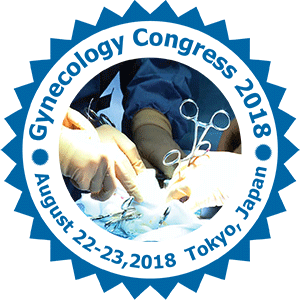
Dawid Serafin
Serafin Clinic , Poland
Title: The Dewedge laser-based labiaplasty technique. Extended posterior wedge resection with de-epithelialisation
Biography
Biography: Dawid Serafin
Abstract
Extended posterior wedge resection labiaplasty with de-epithelialisation: A new, laser-based, hybrid labiaplasty procedure for the correction of labial hypertrophy.
The presentation will provide a comprehensive overview of a novel, innovative labiaplasty technique. The aims of labiaplasty involve the repair of labial hypertrophy or asymmetry, its augmentation, rejuvenation, reconstruction or repair. Choosing the optimum surgical approach for the patient's anatomy is the key decision to affect the outcome of labiaplasty.
The discussed modification of the procedure was developed based on the empirical experience of the author, who has performed a large number of known and well-established procedures in aesthetic gynaecology. The key aspect of the extended posterior wedge resection is to leave the hook-shaped part of mucosa on the labia, which makes it possible to push the scar inferiorly to the most inferior portion of the minora. The new method additionally involves leaving the submucosal tissue at the incision line intact with simultaneous excision of other underlying tissues, which facilitates suturing and significantly increases the surface area of the sutured structures. Owing to additional de-epithelialisation of the minora, subsequent suturing does not cause tissue deformity. Such labial reconstruction offers natural look. Furthermore, the use of laser incision reduces bleeding and decreases the need to coagulate the blood vessels, which may lead to tissue deformity. Extended posterior wedge resection labiaplasty with de-epithelialisation can be used in almost all types of labial hypertrophy (both symmetrical and asymmetrical), which along with laser incision meets current needs of patients seeking such aesthetic gynaecology treatment. Due to laser incision and the related virtually unlimited correction possibility, the discussed procedure offers good aesthetic outcomes.

